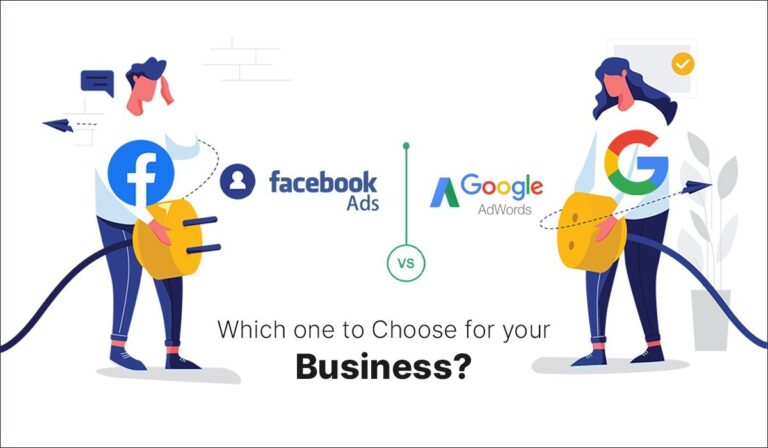The Future of Digital Marketing: What Trends Will Shape the Next 5 Years
Digital marketing moves faster than ever. New tech, changing consumer habits, and fresh platforms come up every year. If you’re not paying attention, you risk falling behind. Staying ahead means knowing what trends will shape the next five years. Here’s a look at what’s on the horizon and how you can prepare.

The Rise of Artificial Intelligence and Machine Learning in Digital Marketing
How AI is Transforming Consumer Data Analysis
AI is changing how marketers understand customers. Instead of guessing what people want, AI tools collect data automatically. They analyze patterns quickly and provide insights you can act on. Predictive analytics then help personalize messages for each person, increasing the chances they’ll engage
AI-Powered Content Creation and Optimization
With AI, creating content at scale is now possible. Tools draft social posts, blogs, and emails that match your tone. These platforms also optimize headlines, keywords, and layouts for better user experience. As a result, your content becomes more relevant and easier to find.

Chatbots and Virtual Assistants in Customer Engagement
Sephora uses a chatbot that helps users pick makeup shades. It’s available 24/7 and guides buyers smoothly. This has increased sales and customer satisfaction. Expect AI-powered chatbots to get smarter, handling complex questions and delivering personalized service without needing humans.
The Expansion of Voice Search and Conversational Interfaces
The Growing Adoption of Voice-Activated Devices
Smart speakers like Amazon Echo and Google Home are everywhere. Over 50% of households now use voice search regularly. This change means your website must adapt to voice habits. How? Focus on spoken language and long-tail keywords that match how people really talk.
Optimizing Content for Voice Search
Create content that answers questions directly. Use natural phrases and include FAQs. Structure articles to match voice responses and try to get featured snippets. People ask questions in a conversational way, so your content should sound like a chat.

Real-world Examples and Case Studies
Beauty brands like Sephora use visual search to let customers try on makeup virtually. Furniture stores provide AR tools for showing how pieces fit in your space. These companies lead because they make shopping easier and more fun through voice and visual tech.
The Expansion of Video and Interactive Content
The Continued Dominance of Video Content
Videos grab attention like nothing else. Platforms such as TikTok, YouTube, and Instagram keep pushing video content at users. Short clips, tutorials, and behind-the-scenes videos work well to attract various age groups. Creating engaging, snackable videos keeps your audience hooked.
Interactive Content to Boost Engagement
Interactive content pulls users in actively. Quizzes, polls, AR experiences, and 360 videos invite participation. For instance, a quiz can recommend the best product for each customer. These experiences increase brand recall and make customers more likely to buy.
Impact on Conversion Rates and Brand Recall
Studies show interactive videos boost conversions by up to 70%. When customers feel involved, they trust your brand more. Interactive content makes your message memorable, leading to higher sales and loyal fans.
Data Privacy, Ethics, and Regulatory Changes
Navigating New Data Privacy Laws
Laws like GDPR and CCPA mean brands must handle data carefully. Respect privacy, be transparent, and get clear consent. Non-compliance risks fines and losing trust. Building a privacy-first approach helps maintain long-term relationships.
The Role of Augmented Reality and Virtual Reality
AR and VR as Marketing Tools
AR and VR let brands create immersive experiences. Think virtual try-ons for clothes or furniture. Brands like IKEA let customers see how products look in their homes. These tools turn passive browsing into active engagement.

Future Trends and Potential Developments
Advances in AR and VR will bring even more options. Imagine virtual shopping malls or branded AR games. As technology becomes cheaper and more realistic, expect these tools to become common. They’ll reshape how shoppers interact with brands.
Conclusion
The future of digital marketing holds big changes. AI, voice and visual search, videos, and AR/VR are shaping how brands connect with consumers. Staying flexible and eager to learn new tech is crucial. The brands that adapt fastest will win loyalty and growth. Keep learning, experimenting, and listening to your audience. That’s how you stay ahead in this constantly changing game.
Frequently Asked Questions (FAQs)
What is the future of digital marketing?
The future of digital marketing lies in personalization, automation, data privacy, and immersive experiences. AI-driven tools, voice search, and decentralized platforms like Web3 will revolutionize how brands engage with consumers over the next five years.
What are the top digital marketing trends for 2025 and beyond?
- AI and machine learning integration
- Privacy-first marketing (first-party data)
- Voice and visual search optimization
- Omnichannel and social commerce
- Interactive and personalized content
- Rise of Web3 and blockchain in marketing
How will AI impact digital marketing in the next 5 years?
AI will automate campaign management, personalize content at scale, power predictive analytics, and transform customer service via smart chatbots. It will save time, increase ROI, and enhance user experience.
Will digital marketing still be relevant in 2030?
Yes. Digital marketing will evolve but remain essential. By 2030, we’ll see smarter algorithms, immersive AR/VR campaigns, and greater consumer control over data and content experiences.






